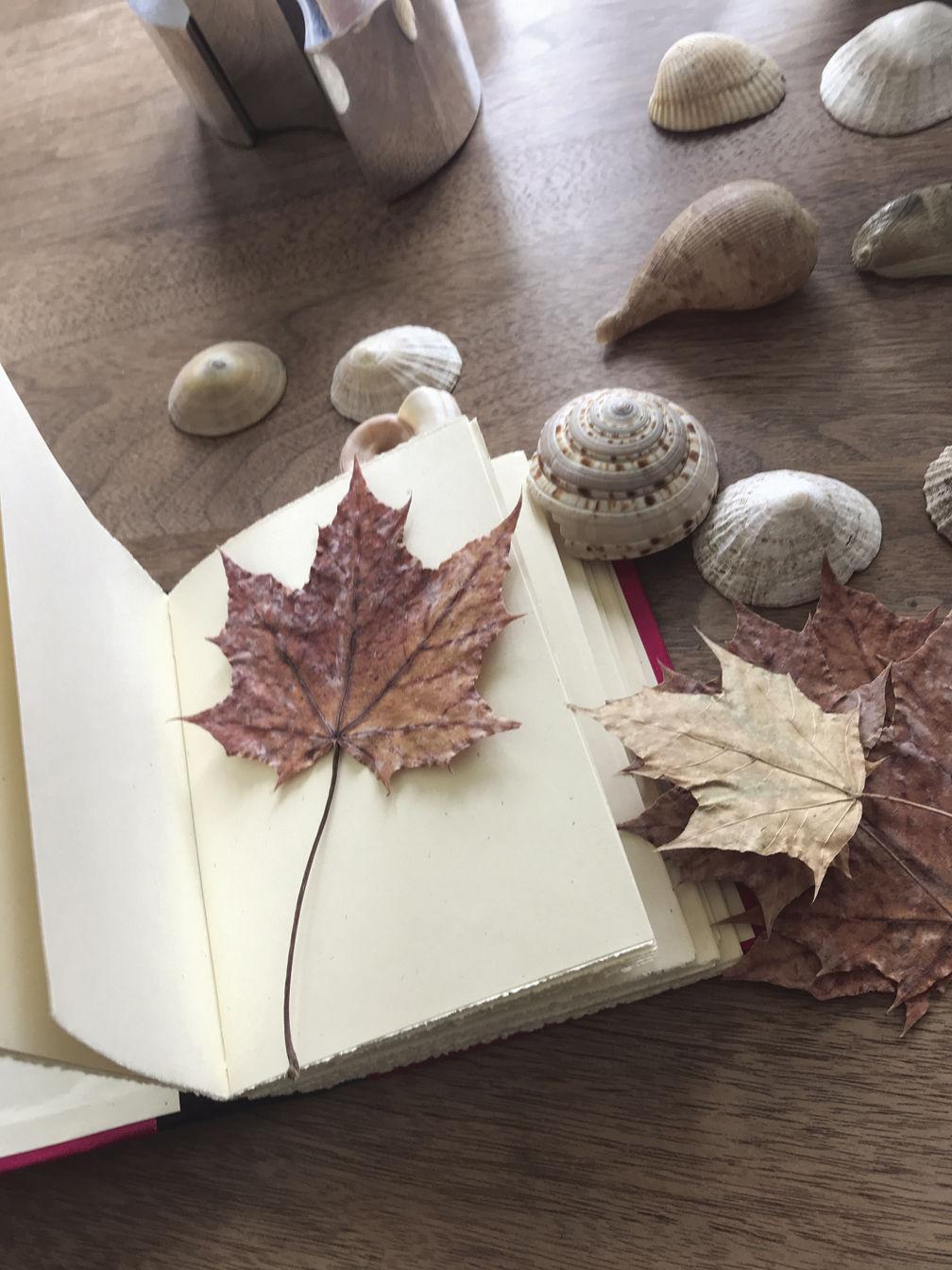Journaling Nature
 Originally published in The Laconia Daily Sun ›
Originally published in The Laconia Daily Sun ›
There are many reasons I enjoy reading The Adventures of Tom Sawyer. Tom is an explorer, loves nature and treasures what he finds there. My home is filled will shells, rocks, pieces of birch bark, two bird nests, feathers and even a glass vessel with a silver top that a diver found at the bottom of a lake and gave me as a gift. Too many treasures for one cigar box.
This week Andie Hession, School & Community Programs Director at Prescott Farm Environmental Education Center has suggested keeping a nature journal as we read Tom Sawyer. I looked at my shelf of books dedicated to nature that includes: The Invention of Nature, Alexander Von Humboldt’s New World by Andrea Wulf, Thoreau’s journals, Robert MacFarlane’s stunning books including Landmarks and Helen MacDonald’s H is for Hawk and the list goes on.
As I thought about nature journals, I remembered seeing Emily Dickinson’s sixty-six-leaf herbarium, or album of dried flowers she kept in the mid-nineteenth century when she was fourteen-year-olds and a schoolgirl in Massachusetts. Published as a book a few years ago by Phaidon. Or, John James Audubon’s journals of birds we all cherish. The Hudson River school painters, Thomas Moran, Thomas Cole, Albert Bierstadt, Asher Brown Durand, to name a few, through their paintings of landscapes, mountains and rivers brought us a visual sense of serenity that we are often too distracted to notice.
I have never thought of keeping a nature journal. The leaves and flowers I collect are randomly stuffed between pages of books and tucked away. Why not attempt to draw the feathers and nests I find to learn more about them. Perhaps this exercise would provide me with understanding how a nest is woven together?
As Twain writes in chapter seven of The Adventures of Tom Sawyer: “The harder Tom tried to fasten his mind on his book, the more his ideas wandered. So, at last, with a sigh and a yawn, he gave it up. It seemed to him that the noon recess would never come. …Away off in the flaming sunshine, Cardiff Hill lifted its soft green sides through a shimmering veil of heat, tinted with the purple of distance; a few birds floated on lazy wing high in the air; no other living thing was visible but some cows, and they were asleep.” (Mark Twain, Mississippi Writings, The Adventures of Tom Sawyer, Library of America, 1982)
This is the moment; this is the summer to do something you have never done before.
Please join me in starting a nature journal. Use your journal to record how the season in changing. It will help you understand when to expect the first birds of the spring migration or to know if the daffodils, tulips or irises will bloom first. As Andie reminds us it is important to keep dates, time, drawings or photographs, a verbal description, color and as much detail (and possibly research) as you can.
Watching spring bloom into summer reminds us that yes there will be a summer after spring. One cycle naturally leads to another, vulnerable and yet with the capability to heal.